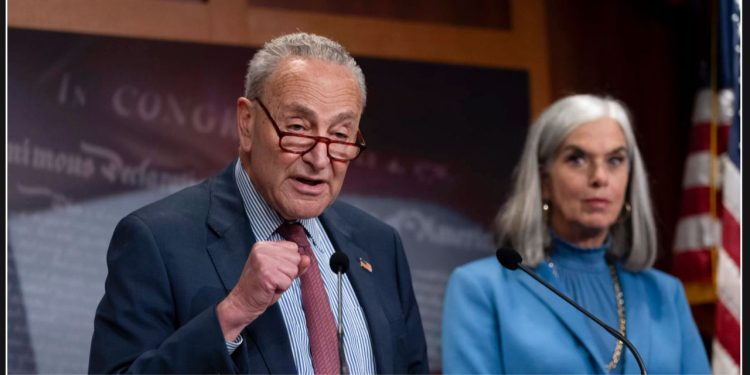Exchange coverage often proves to be of limited value for many enrollees due to its high upfront costs and restricted provider networks. Instead of supporting “junk” insurance through the exchanges, policymakers should consider deregulating the market. This would allow insurers to offer affordable and efficient health plans without relying on federal subsidies.
Under the enhanced subsidies, individuals with incomes up to 150% of the federal poverty level, which is $46,800 for a family of four, can now qualify for free exchange coverage paid for by taxpayers. As for those enrolling in the exchange, their premium payments are based on a sliding scale, with the percentage of their income allocated towards premiums increasing gradually until it reaches 8.5% for individuals with incomes up to 400% of the poverty level, or $124,800 for a family of four.
A couple in their 20s residing in Harrisonburg, Virginia, earning $80,000 annually, which is slightly below 400% of the poverty level, can acquire coverage through the exchange at a monthly cost of $417.43 after receiving an $82 tax credit. These premium subsidies effectively mask the true expense of the coverage.
The plan, however, includes a few drawbacks. It comes with narrow networks, a hefty $7,200 per person annual deductible, and a 40% coinsurance for most health expenses after meeting the deductible. Additionally, the out-of-pocket maximum is set at a staggering $18,400, which is equivalent to the cost of a brand new car.
In addition to the limited provider network, the situation becomes even more troubling. If our hypothetical couple is unable to find a provider within the network, they would be responsible for paying 100% of most fees, ranging from primary care to lab tests to baby deliveries. Furthermore, if they were to visit an emergency department that is out-of-network, they would still be required to cover half of the bill, even after reaching their deductible.
Marketplace insurance operates similar to catastrophic coverage, providing assistance primarily in the event of significant healthcare expenses. However, the advertising for exchange coverage often fails to convey this reality to enrollees. Consequently, many individuals only discover the limited support offered by their insurance when they submit their initial claims.
Click here to read more from the Washington Examiner.
Enrollment in exchange coverage has seen a significant decline this year, with approximately three-quarters of a million people less compared to the previous year. This decline in enrollment may be attributed to the dynamic nature of the healthcare market.
According to the Congressional Budget Office, taxpayers would be responsible for a hefty $335 billion over the next decade if Democrats were to implement their proposal of permanently enhancing premium subsidies. It’s questionable whether such a substantial amount of money should be allocated to subsidizing coverage that a significant portion of the population deems to be of little value.


